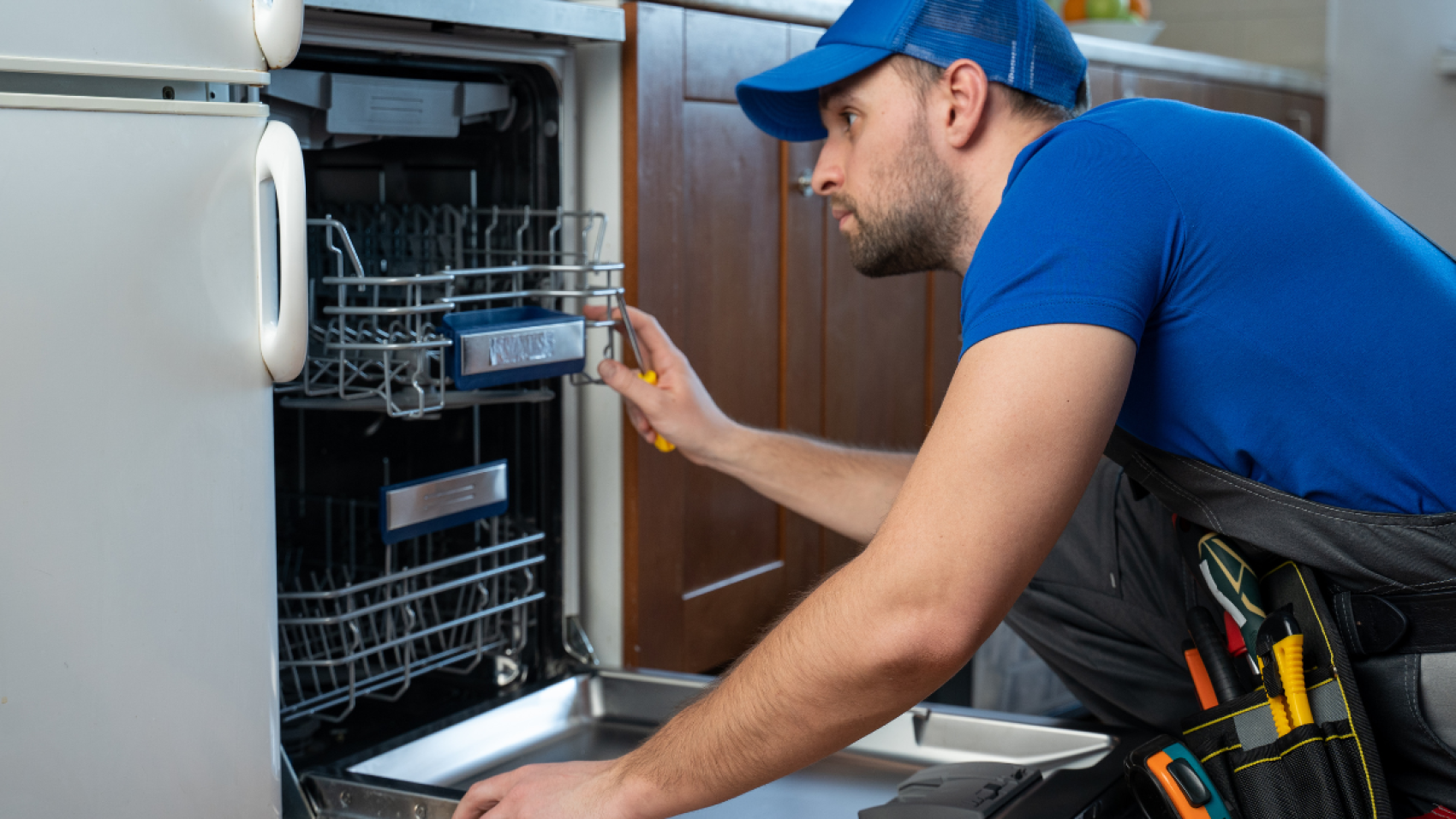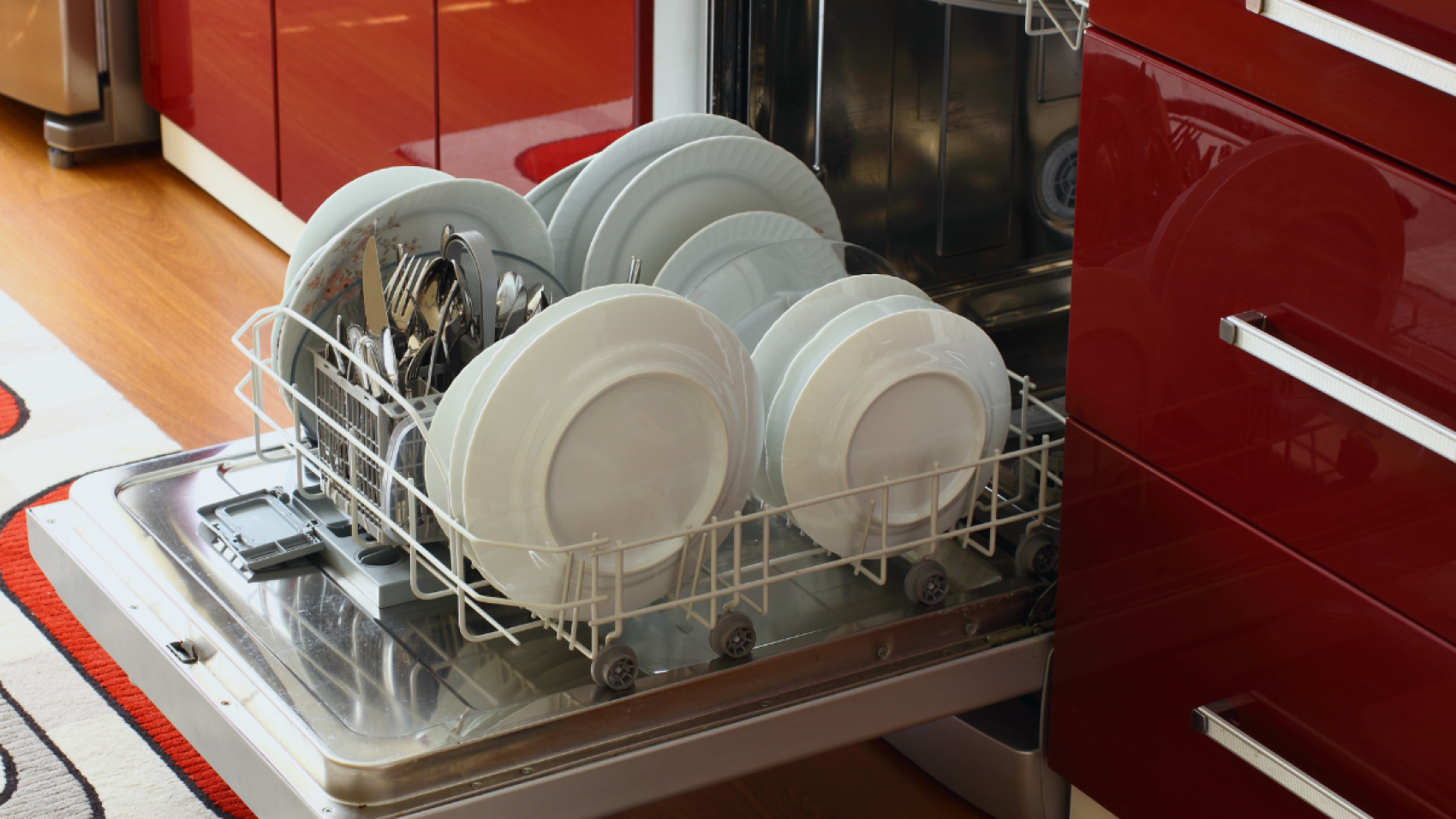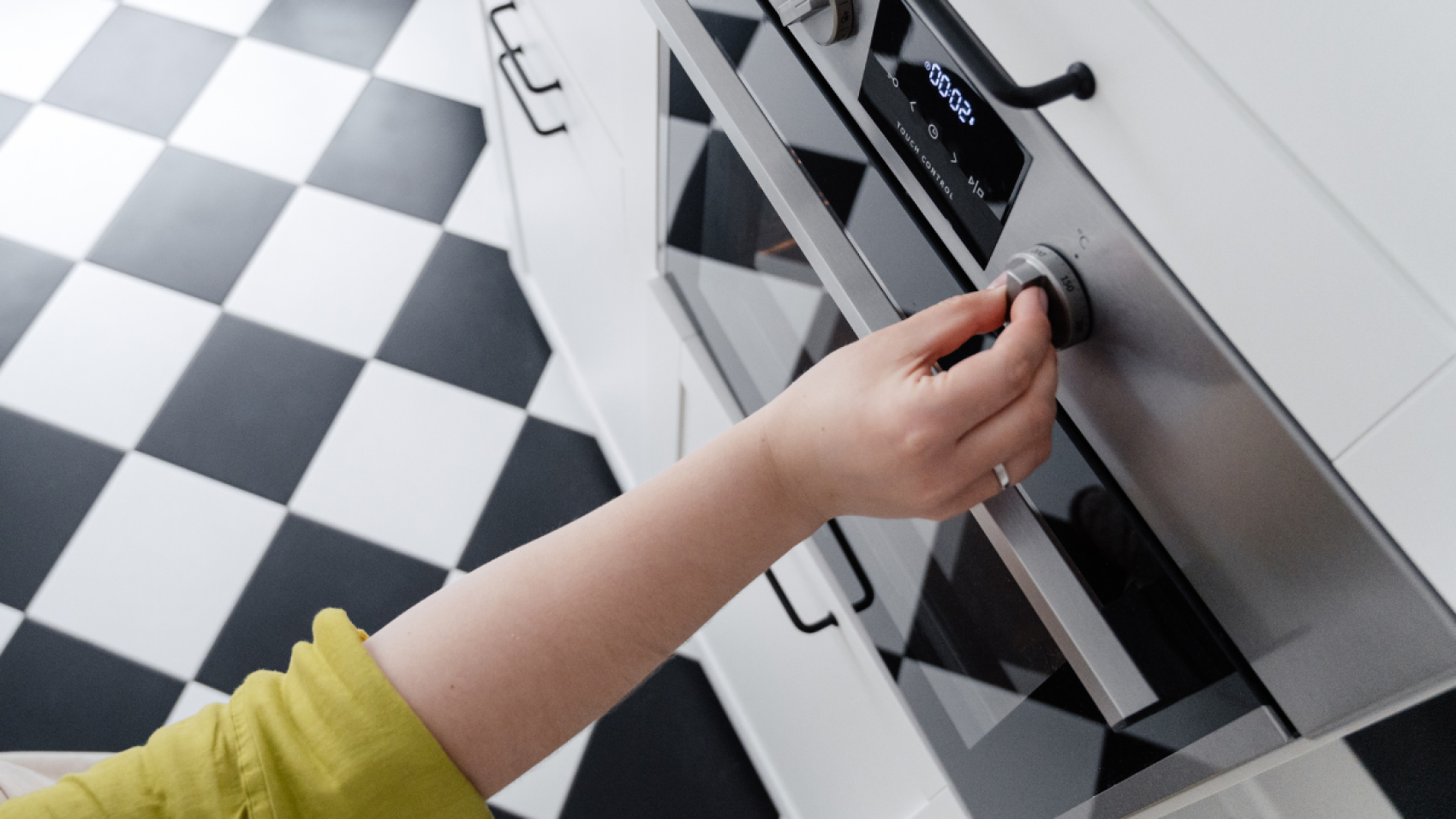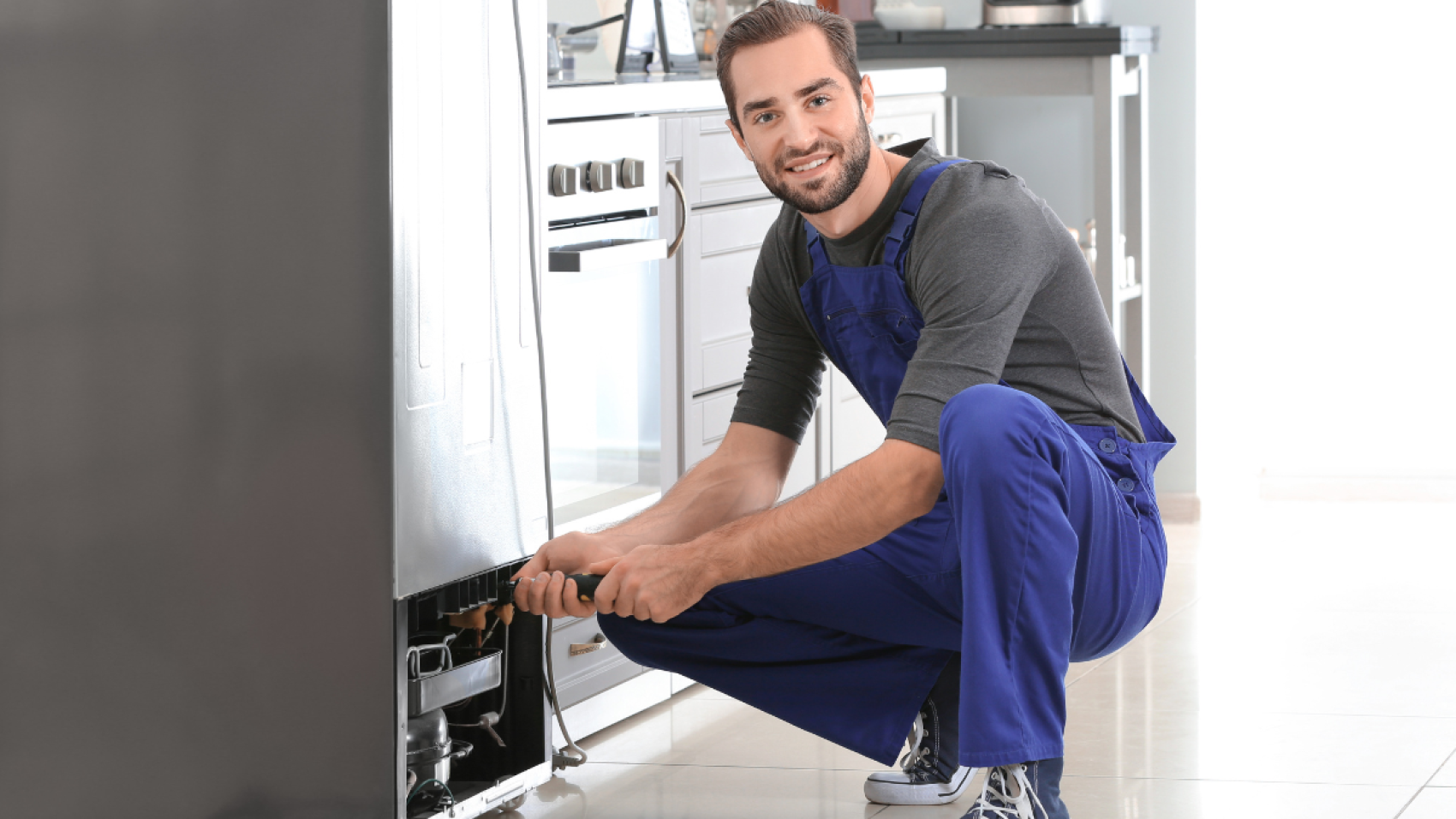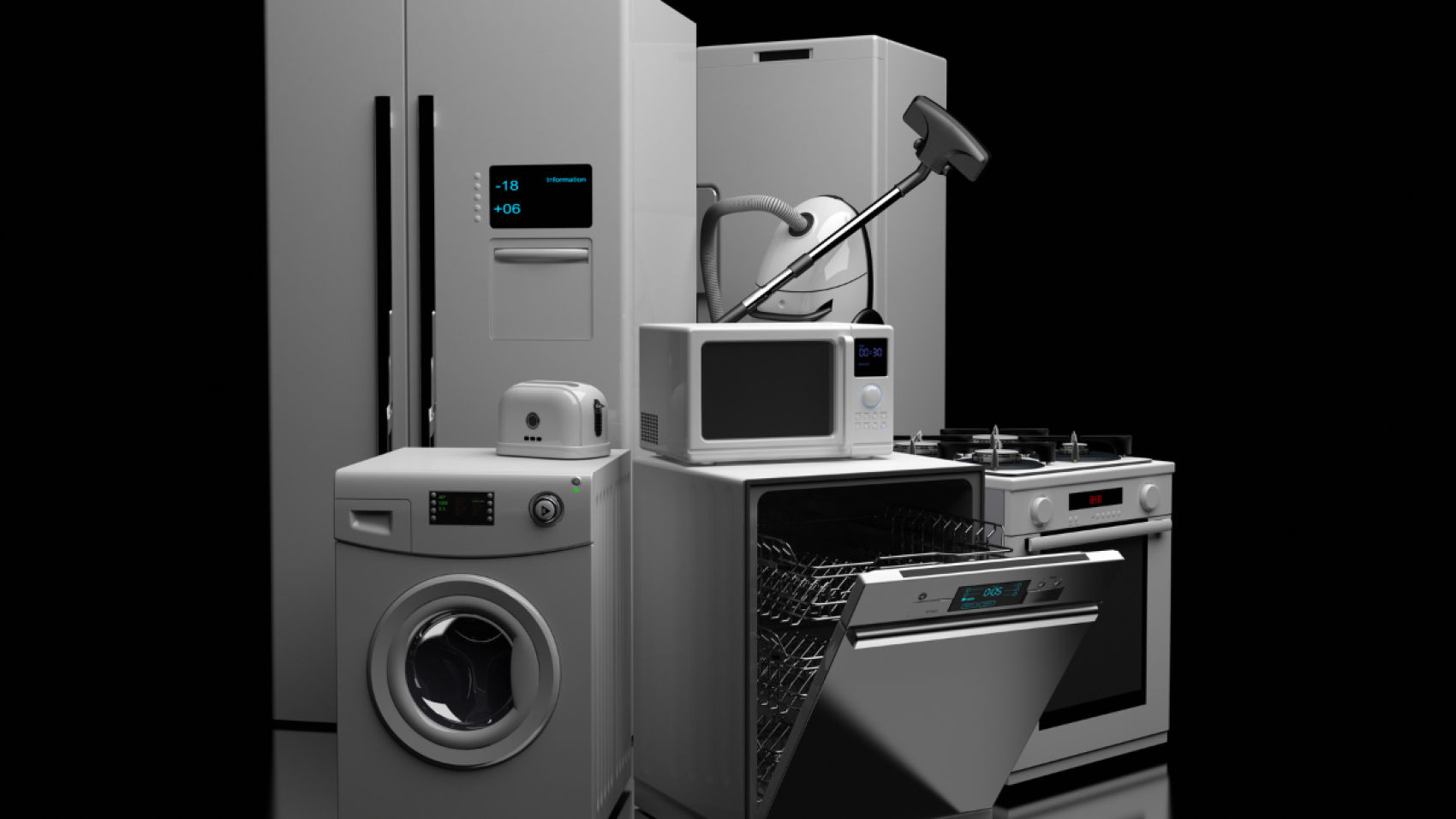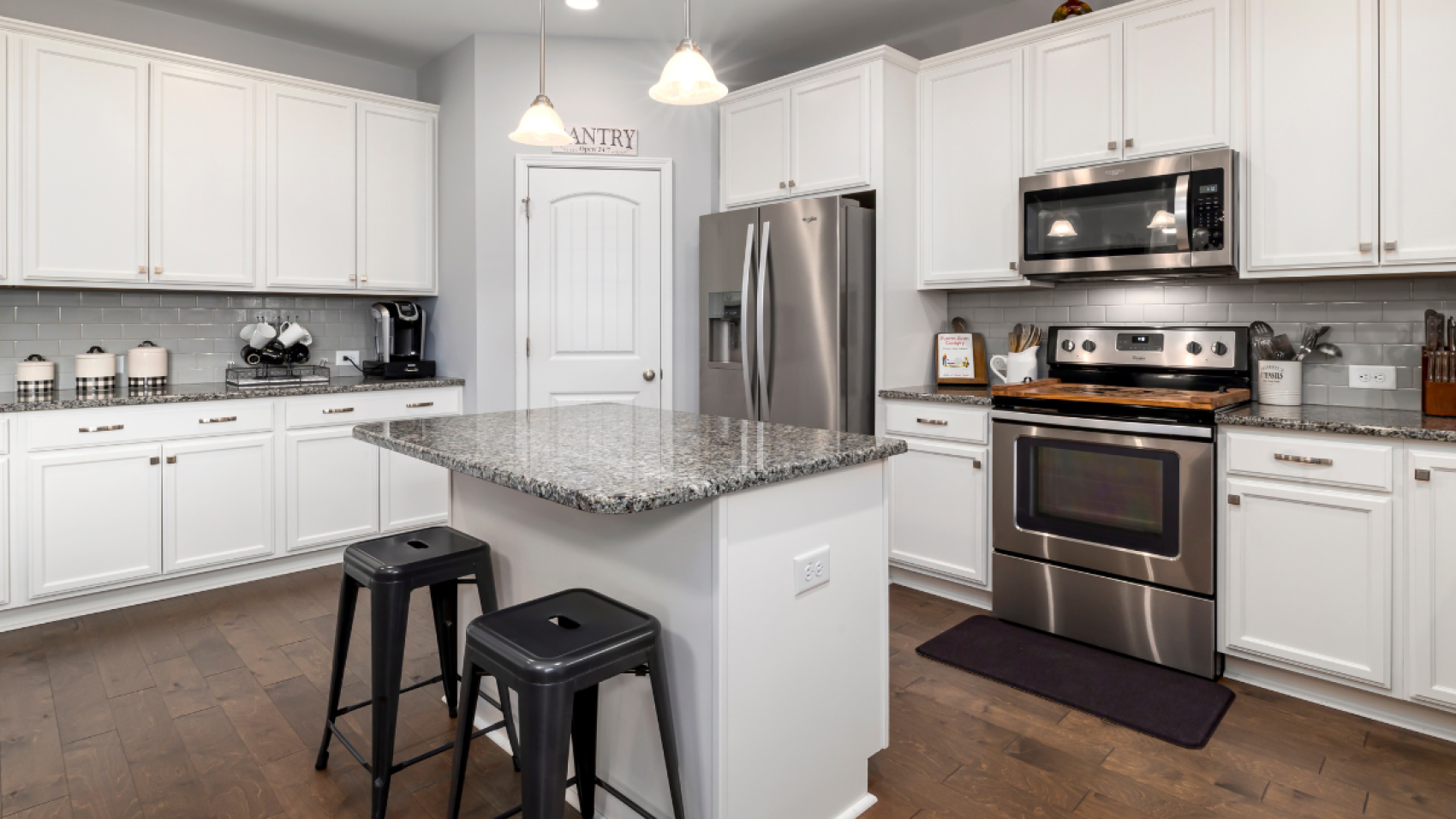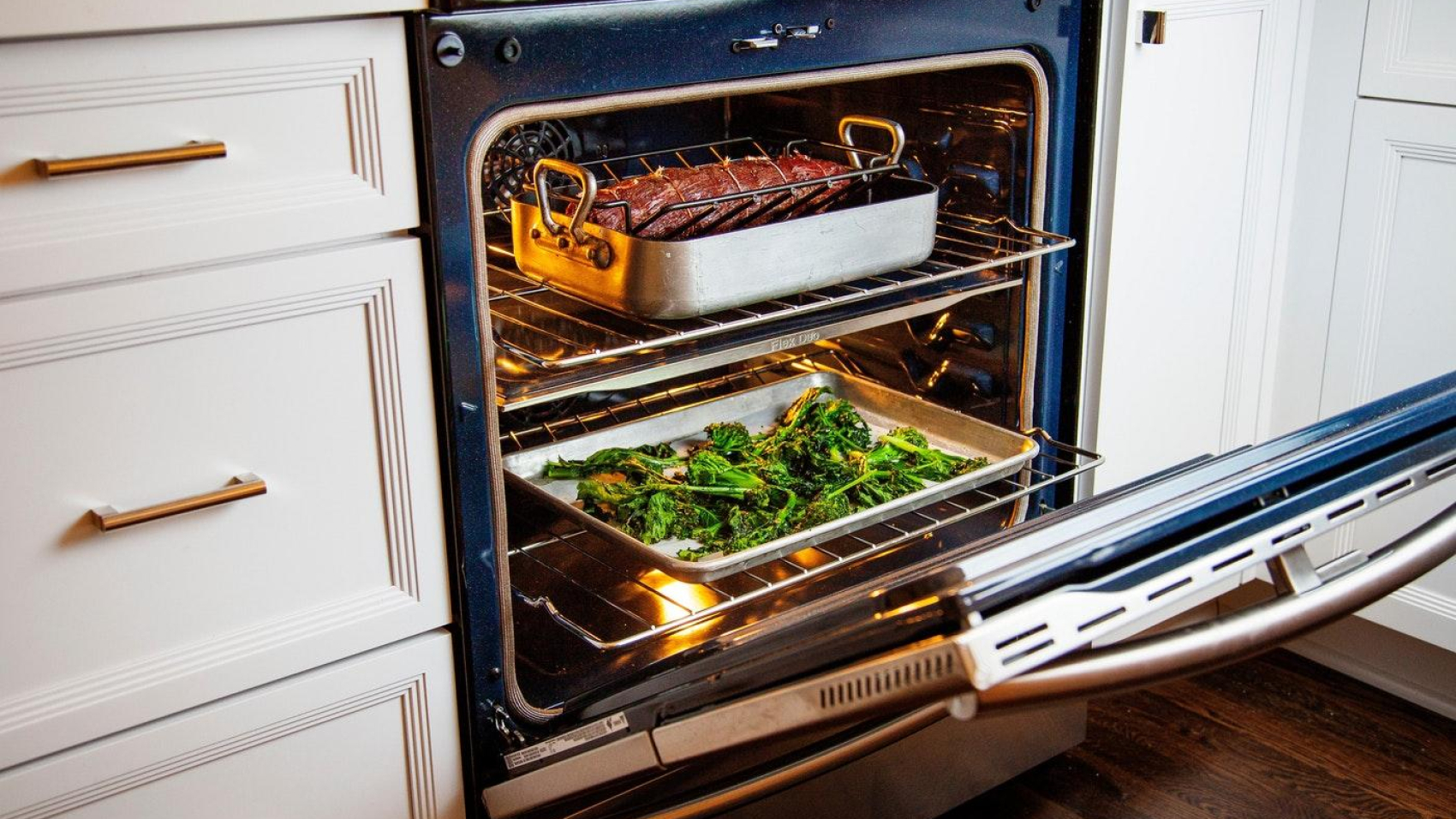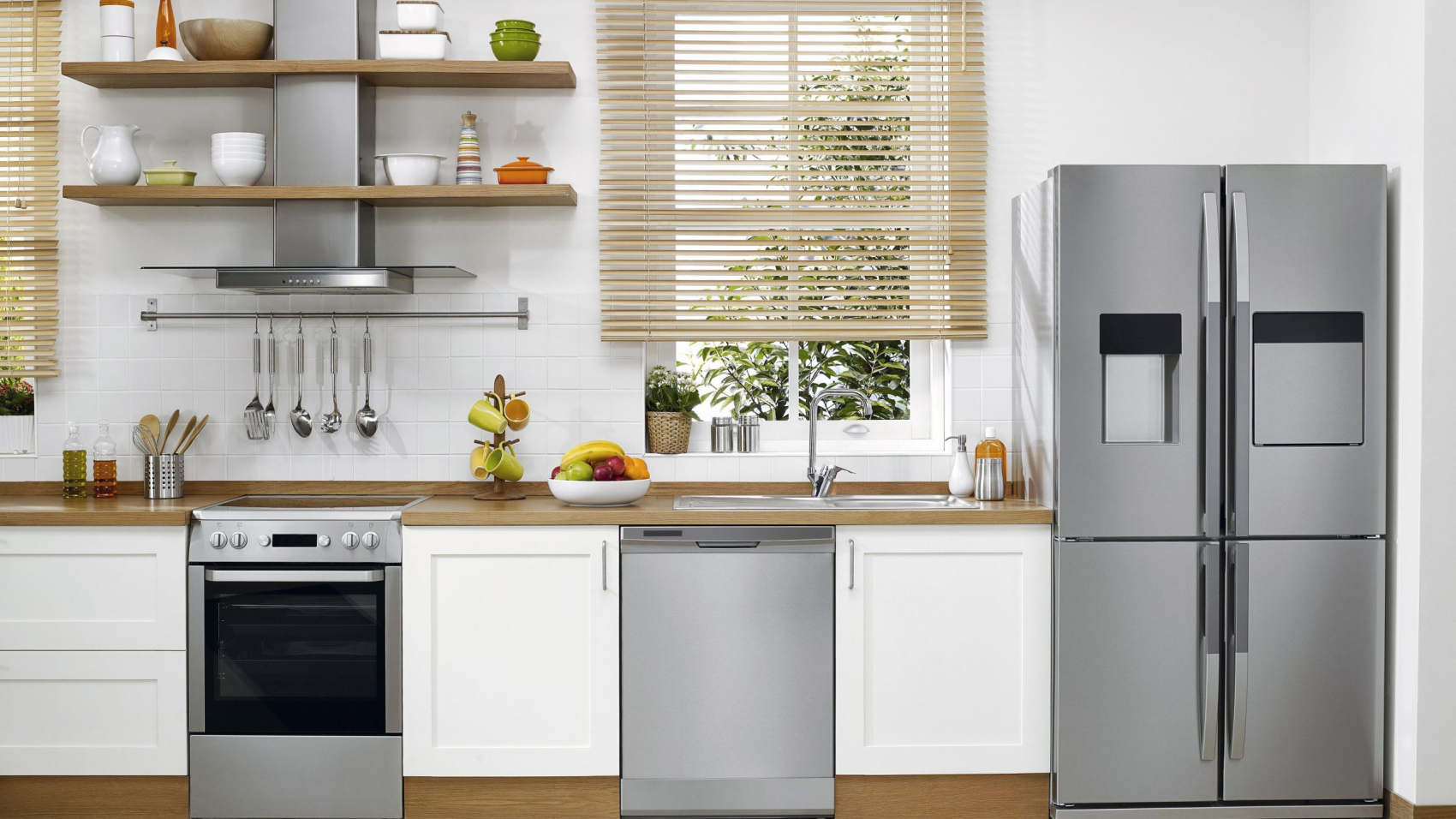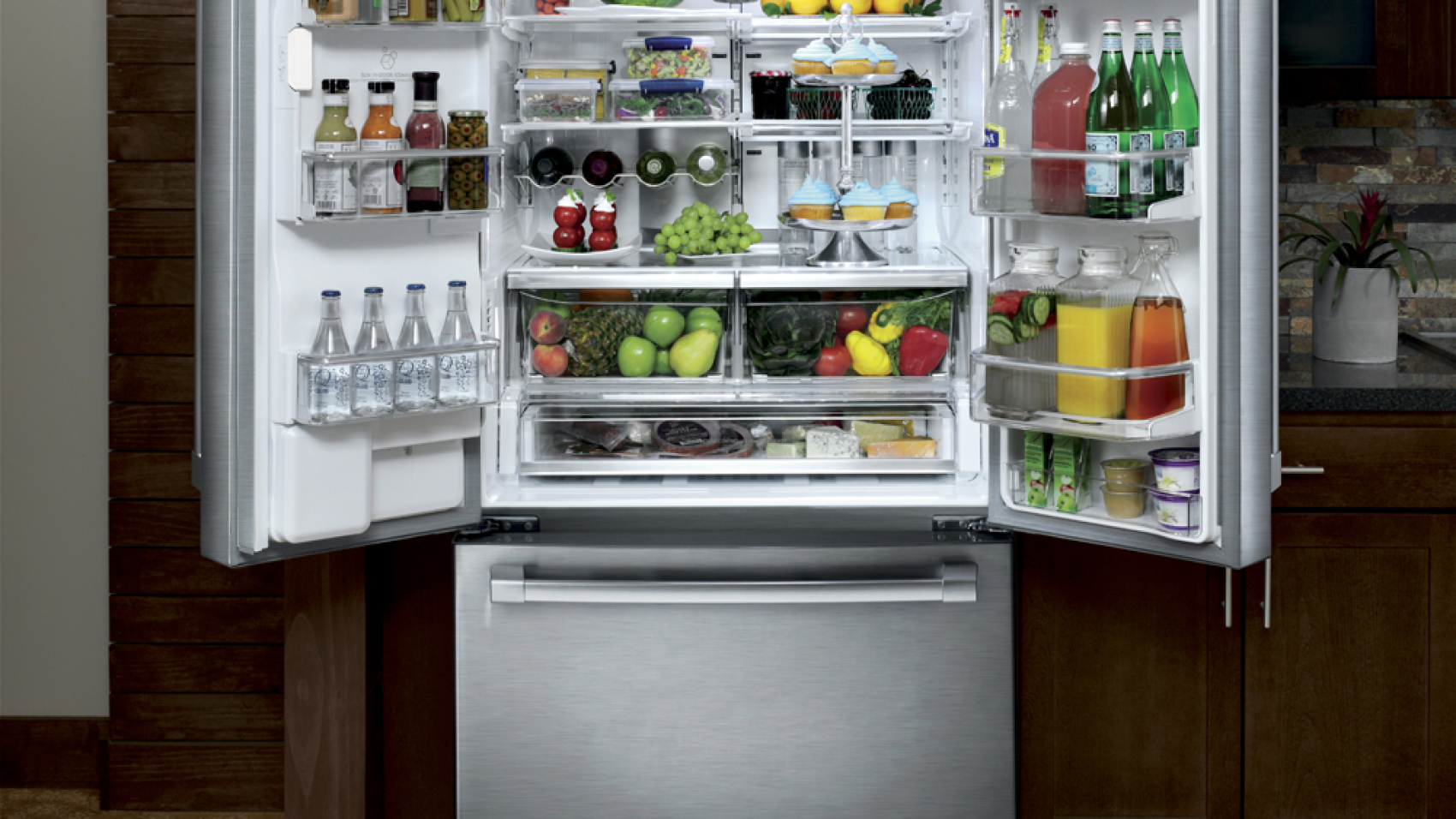How to Find Reliable Dishwasher Repair Services in Chicago US
If you own a dishwasher in Chicago, you know how important it is to have it working efficiently. A malfunctioning dishwasher can lead to piles of dirty dishes, and that can be a nightmare for anyone. When your dishwasher is not working, it is essential to find reliable dishwasher repair services in Chicago as soon as possible.
However, with so many repair companies in the market, finding the right one can be a daunting task. You need to ensure that the service provider you choose has the skills and experience to fix your dishwasher correctly. In this article, we will provide you with some tips on how to find reliable dishwasher repair services in Chicago.
1. Ask for referrals
One of the most effective ways to find a reliable dishwasher repair service in Chicago is to ask for referrals from friends, family, or neighbors. Word of mouth is an excellent way to find trustworthy repair companies as you can get an honest opinion from someone who has used the service before.
Ask your friends, family, or neighbors if they have used any dishwasher repair services in the past and if they were satisfied with the service provided. If they were happy with the service, ask for the company’s name and contact information.
2. Check online reviews
The internet is a great resource for finding reliable dishwasher repair services in Chicago. You can use search engines like Google to find repair companies in your area. Once you have a list of potential service providers, check their websites and read customer reviews.
Look for repair companies that have positive reviews from customers. If a company has many negative reviews, it may be a red flag that its service is not reliable. However, don’t be deterred by one or two negative reviews. Instead, look for companies that have a majority of positive reviews.
3. Check for certification and licensing
When searching for a reliable dishwasher repair service in Chicago, it is essential to check if the service provider has the proper certification and licensing. A certified and licensed repair company means that they have met the requirements to provide quality services.
Make sure to check if the repair company is certified by the manufacturer of your dishwasher. If they are certified, it means they have undergone the necessary training to repair your dishwasher correctly.
4. Experience
Experience is critical when it comes to dishwasher repair services in Chicago. Look for repair companies that have been in business for several years. An experienced repair company will have encountered various dishwasher problems and know how to fix them correctly.
Ask the repair company how long they have been in business and if they have experience repairing your particular dishwasher model. If they have experience with your dishwasher model, it means they have the necessary skills to diagnose and fix any problem with your dishwasher.
5. Warranty
When searching for a reliable dishwasher repair service in Chicago, look for companies that offer a warranty on their service. A warranty ensures that if the same problem occurs within a specified period after the repair, the company will fix it without charging you additional fees.
Ask the repair company about their warranty policy and the duration of the warranty. Make sure to read and understand the warranty policy before agreeing to the repair service.
6. Cost
Cost is an essential factor to consider when searching for a reliable dishwasher repair service in Chicago. However, don’t choose a repair company based solely on the price. Some companies may offer low prices, but their services may be substandard.
Compare the prices of several repair companies and choose one that offers quality services at a reasonable price. Ensure that the cost of the repair service is within your budget.
7. Customer service
When searching for a reliable dishwasher repair service in Chicago, paying attention to customer service is crucial. A repair company with excellent customer service will respond promptly to your inquiries, provide you with all the necessary information you need, and ensure that you are satisfied with their service.
Here are some factors to consider when evaluating a repair company’s customer service:
- Communication
A reliable dishwasher repair service should communicate effectively with its customers. They should provide clear and concise information about their services, pricing, and warranty policy. They should also respond promptly to your inquiries and keep you informed about the progress of the repair.
Pay attention to how the repair company communicates with you. Do they respond to your calls and emails promptly? Do they provide clear and concise information? Are they friendly and helpful?
- Professionalism
A professional repair company will treat its customers with respect and courtesy. They will arrive on time for appointments, wear appropriate attire, and be knowledgeable about their services.
When the repair technician arrives at your home, pay attention to their appearance and behavior. Are they dressed appropriately and professionally? Do they greet you politely and explain the repair process clearly?
- Availability
A reliable dishwasher repair service should be available when you need them. They should have flexible scheduling options and be able to accommodate emergency repairs.
Check the repair company’s availability before booking their service. Do they offer same-day or emergency repairs? Do they have flexible scheduling options that can work with your schedule?
- Follow-up
After the repair is complete, a reliable repair company should follow up with you to ensure that you are satisfied with their service. They should also provide you with information on how to maintain your dishwasher properly.
Pay attention to the follow-up process. Did the repair company follow up with you after the repair was complete? Did they provide you with information on how to maintain your dishwasher properly?
Conclusion
Finding a reliable dishwasher repair service in Chicago can be a challenging task, but it is essential for the proper maintenance of your appliance. To find the best repair company, you need to consider several factors, including experience, reputation, pricing, warranty, and customer service.
When searching for a dishwasher repair service in Chicago, start by researching different companies online and reading reviews from previous customers. Look for companies with a proven track record of success and satisfied customers.
Check the repair company’s experience and expertise in repairing dishwashers. You should also consider the pricing of the service and the warranty offered to ensure that you are getting the best value for your money.
Lastly, customer service is a crucial factor to consider when choosing a repair company. A reliable repair service should communicate effectively, act professionally, be available when you need them, and follow up with you after the repair is complete.
By considering all of these factors, you can find a reliable dishwasher repair service in Chicago that can help you maintain your appliance and ensure that it functions properly for years to come.

